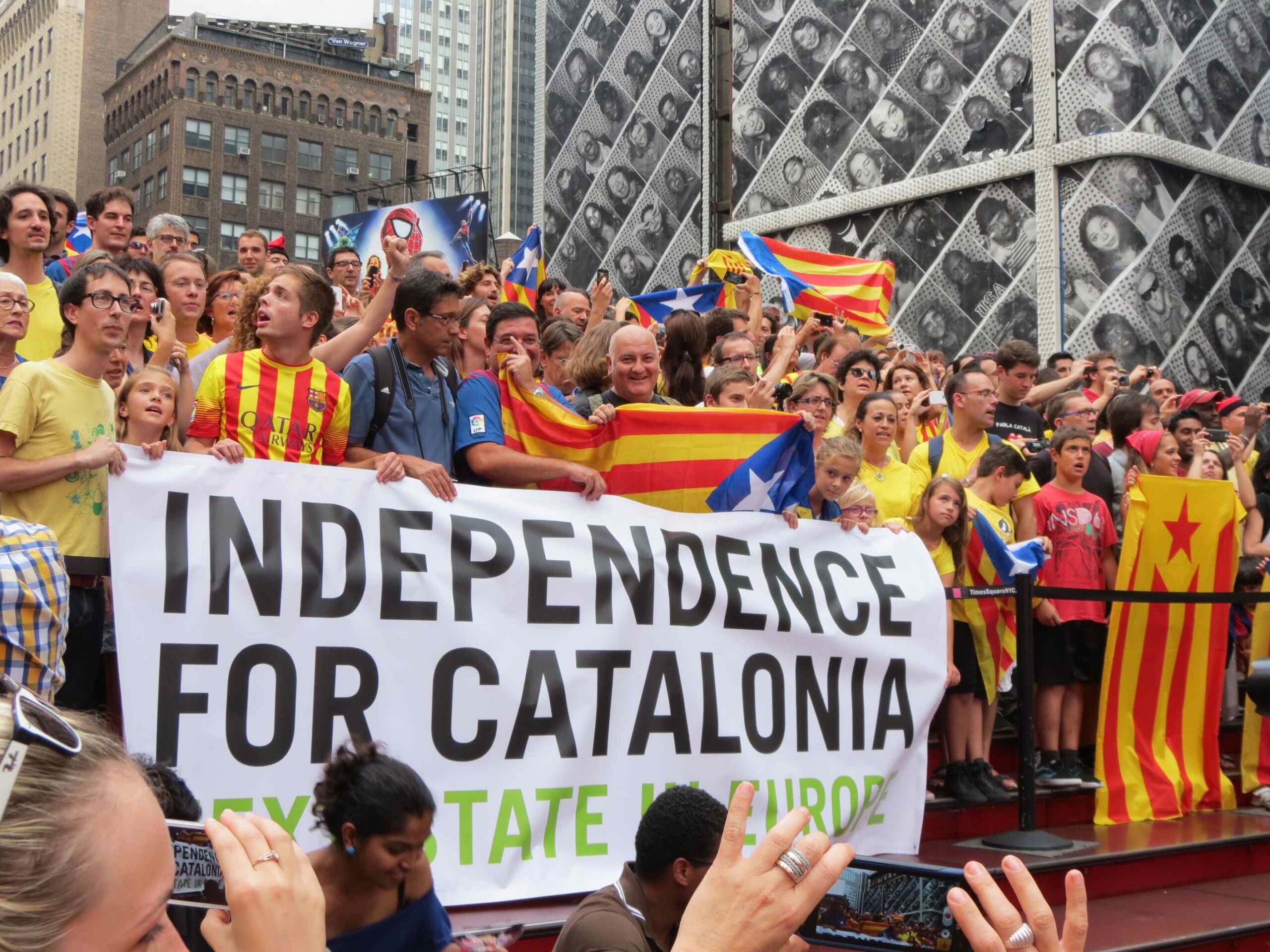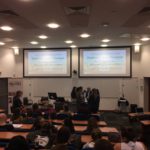
A month Catalonian politicians and activists hoped would mark a new move towards independence from Spain, October 2017 turned out to be a violent month in the Catalonian capital of Barcelona. The relationship between Catalonia and Spain has been long and turbulent, with both sides claiming authority over the area. This conflict denotes the fragility of the Spanish government, leading to debates over freedom of speech, police brutality and the stability of the constitution.
Catalonia is one of seventeen autonomous regions within Spain. Based in the north-east, it is a nationality with a native language, culture and flag. Despite the small geographical size, it is the richest region of Spain. Supplemented by a booming tourist industry — focused in the Catalonian capital Barcelona — Catalonia constitutes 1/5th of Spain’s economic output. This economic advantage is one of the driving forces behind Catalonia’s quest for independence, with observers commenting that the Spanish government’s economic interest biases it against an emancipated Catalonia.
Catalonian nationalism is not a new phenomenon, with the region being declared a republic in 1931 and this being formalised with the Spanish government in 1932. This independence was short-lived due to the onset of the Spanish Civil war, which took place from 1936 to 1939. Catalonia lost its independence under Gen. Francisco Franco in 1939, and only managed to gain it back in 1979 — achieving separation once again in 2006 after being declared a nation. The turbulent relationship between Catalonia and Spain was reignited in 2010, when the Spanish Constitutional Court implemented restrictions on Catalonia’s autonomy. This move by Spain was in part due to the Partido Popular government’s move towards re-centralisation of Spain and the reduction of power for autonomous regions.
The economic recession of 2008 turbo-charged nationwide protest and the independence movement in Catalonia, with the primary players being the Assemblea Nacional Catalana. The Assemblea placed the main thrust of their campaign on issues of identity, harnessing socio-economic grievances to further the nationalist agenda. This distinguished it from other anti-austerity movements and led to to widespread support, spurring the Catalonian parliament to call for a referendum in November 2014. Although the referendum was classed as illegal by the Spanish Government, it went ahead as an informal poll. In 2015 — incentivised by the intervention from the Spanish government, the reduction of Catalonian autonomy and increased support from the citizens of Catalonia — a coalition of separatist groups from different sides of the political spectrum came together.
Despite the opposition from the Spanish government, the Catalonian independence movement pushed forward under the guidance of Carles Puigdemont. Puigdemont called for a referendum to be held on the 1st of October 2017, which did not sit well with Spain. The reaction was fast and violent, with the Spanish courts declaring the referendum illegal and the Spanish police seizing almost 10 million ballots. Despite this, Catalonians still turned out to vote — leading to a clash between the police and citizens whereby 900 voters, along with dozens of police, were injured. Although there was only a turnout of 43%, 90% voted in favour of autonomy. The referendum also led to more exposure for the plight of the Catalans, with a general strike and thousands taking to the streets of Barcelona to protest. This did not dissuade the Spanish government from taking further action against the independence activists.
Following a declaration of independence on 27th October 2017 by the ruling separatists in Catalonia, Madrid was quick to impose direct rule upon Catalonia using Article 155 of the Constitution. The Spanish government then went further with their powers, pursuing legal action that resulted in the Supreme Court sentencing 9 Catalonian officials and activists in the pro-independence movement to jail. Puigdemont managed to avoid imprisonment, fleeing Spain and gaining immunity from his international warrant after he was voted in as an MEP in 2019.
The actions of the Spanish government have not halted the movement. At the beginning of June 2018, Spanish Prime Minister Mariano Rajoy was removed in a vote of no confidence in over corruption convictions amongst his associates. The new Spanish government — led by Prime Minister Pedro Sánchez, leader of the the socialist PSOE party — allowed the regional Catolanian government to regain control. The new Catalonian government was led by a coalition of separatist parties holding 70 seats. Sánchez further attempted to reconcile the situation, pardoning the 9 imprisoned pro-independence figures in 2021.
The tensions between these two governments continue to this day. Hardliner separatists have criticised the new regional President Pere Aragonès for attempting to negotiate with Spain, which has led to a split within the independence movement. Some Catalans are approaching the whole issue with a conflicting lens: a survey taken in Summer 2022 shows that 52% of Catalans oppose independence while only 41% are in favour. For many who oppose independence, socio-economic and political issues — as well as the European-wide economic crisis — are where the real concern lies.
However, this is not the end for independence activists, their fight for independence monopolising Catalonian policies even now. Catalonian nationalism is ingrained in the bones of many citizens who continue to protest, either silently or in the streets.
Featured image: “Holding Hands for Catalan Independence NYC” by Liz Castro (from Flickr) is licensed under CC BY-SA 4.0



Average Rating